AI
Generating a new world

The man that inspired AI
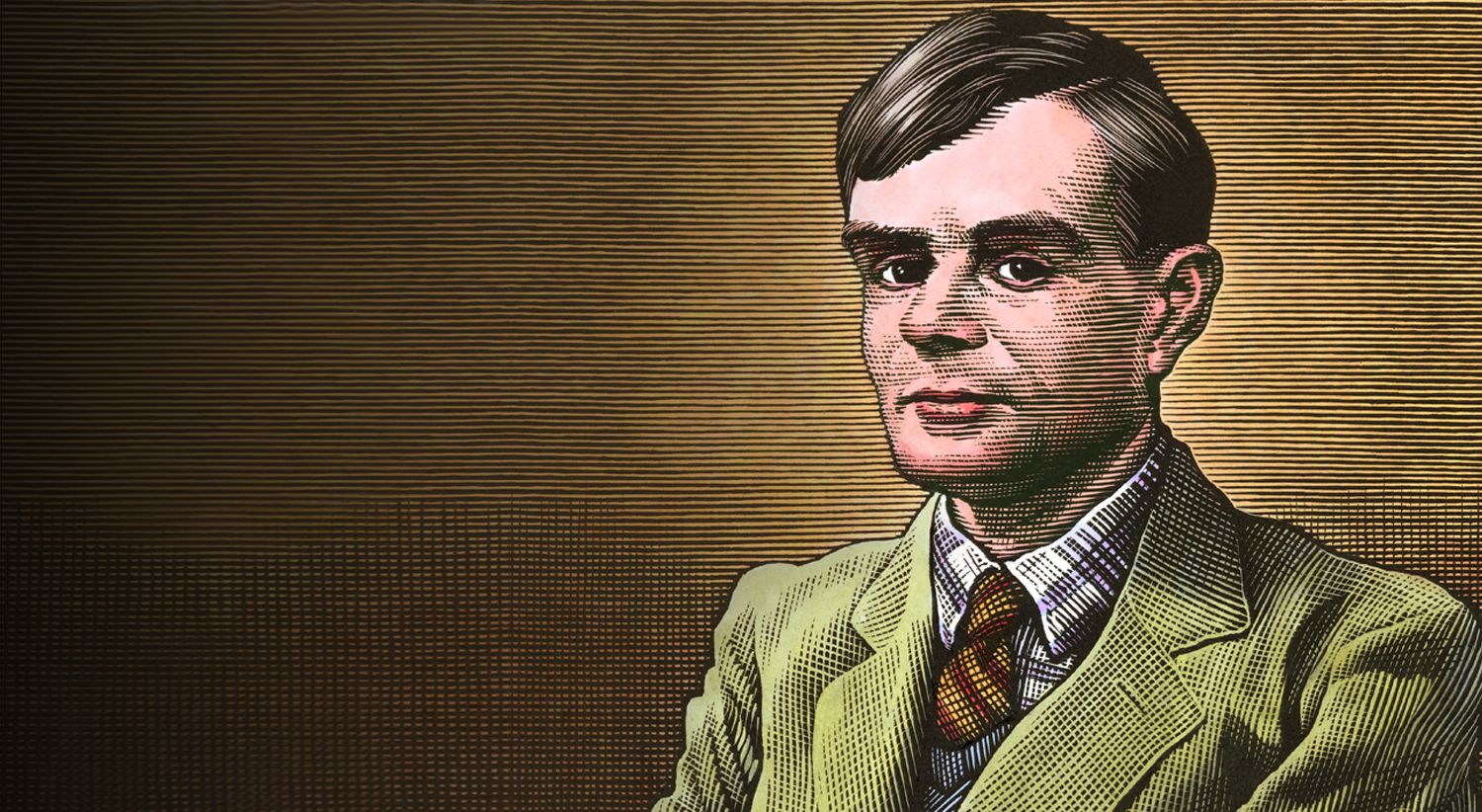
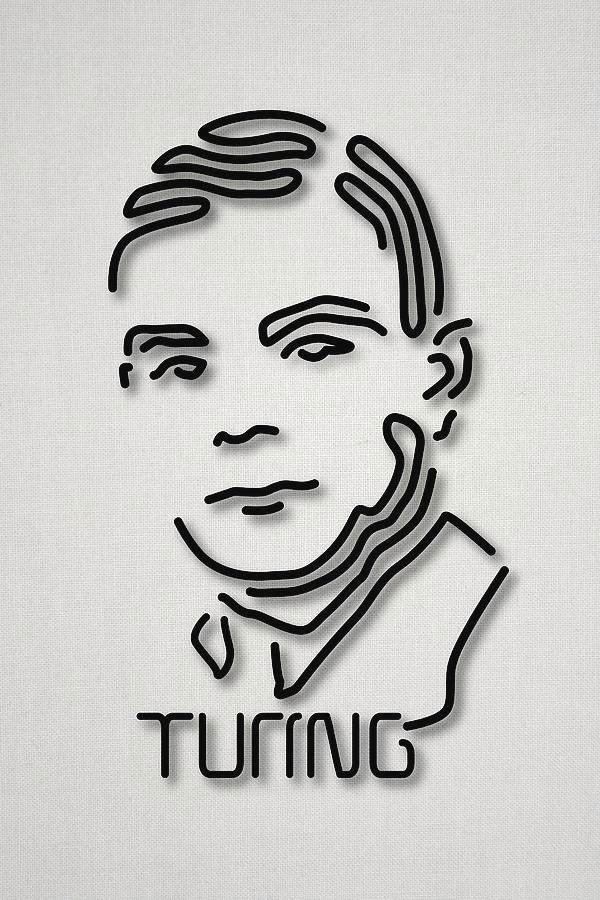
Alan Turing was not just any mathematician or computer scientist or biologist, even though he did contributed to all of those fields. Turning was a genius who revolutionized the world we live in today, generating the foundation for modern computing, artificial intelligence, and even the internet. His life and work continues to inspire scientists and engineers around the world. Imaging a world without him is a dark one.
Born in Maida Vale, London in 1912, Turing showed an early aptitude for mathematics and science. He excelled in certain parts of school but was almost kicked out because his advisors thought he would fail. As he moved on with life, Turning made a friend who he was rumored to have had a crush on named Christopher Morcom. Morcom passed away at age 17.
Alan Turing's work during World War II was nothing short of extraordinary. As a codebreaker for the British government at Bletchley Park, he played a crucial role in cracking the seemingly unbreakable German Enigma code, a feat that changed the course of the war. Turing's brilliance in mathematics and computing helped him create a machine that was capable of breaking the code. His contributions to cryptography and codebreaking were immeasurable.
Turning’s work allowed the Allies to read and decipher secret German communications, providing invaluable intelligence that helped them win decisive victories that ultimately ended the war. This allowed allies to know where Nazi U-boats were going to strike and many more crucial information. Turing's contributions were so significant that they have been estimated to have shortened the war by two years, potentially saving millions of lives. Even today, Turning’s influence on computers has saved countless lives.
"The Imitation Game," starring Benedict Cumberbatch as Turing, tells the story of Turing's crucial role in the code-breaking effort and his struggles with his sexuality in a society that deemed homosexuality a crime. “The Imitation Game” received critical acclaim and numerous awards, including an Academy Award for Best Adapted Screenplay. It's popularity has helped raise awareness of Turing's achievements and the importance of codebreaking in the war effort. While it took some creative liberties, as all movies do, this movie is the main reason many people know about code breaking and how much Turing has done for us all.
Turing's contributions to artificial intelligence were also groundbreaking. He proposed the Turing Test, which measures a machine's ability to exhibit human like intelligent behavior. This test has become the benchmark for evaluating AI systems and their abilities. Turing's work on the Turing machine, a theoretical model of computation, is considered one of the most important contributions to computer science.
Later in life, Turning was forced to undergo chemical castration after he was found preforming homosexual acts (which where illegal in England at that time). This horrific event lead Turning to eventually commit suicide at age 41, ending any further scientific contributions that he could have created.
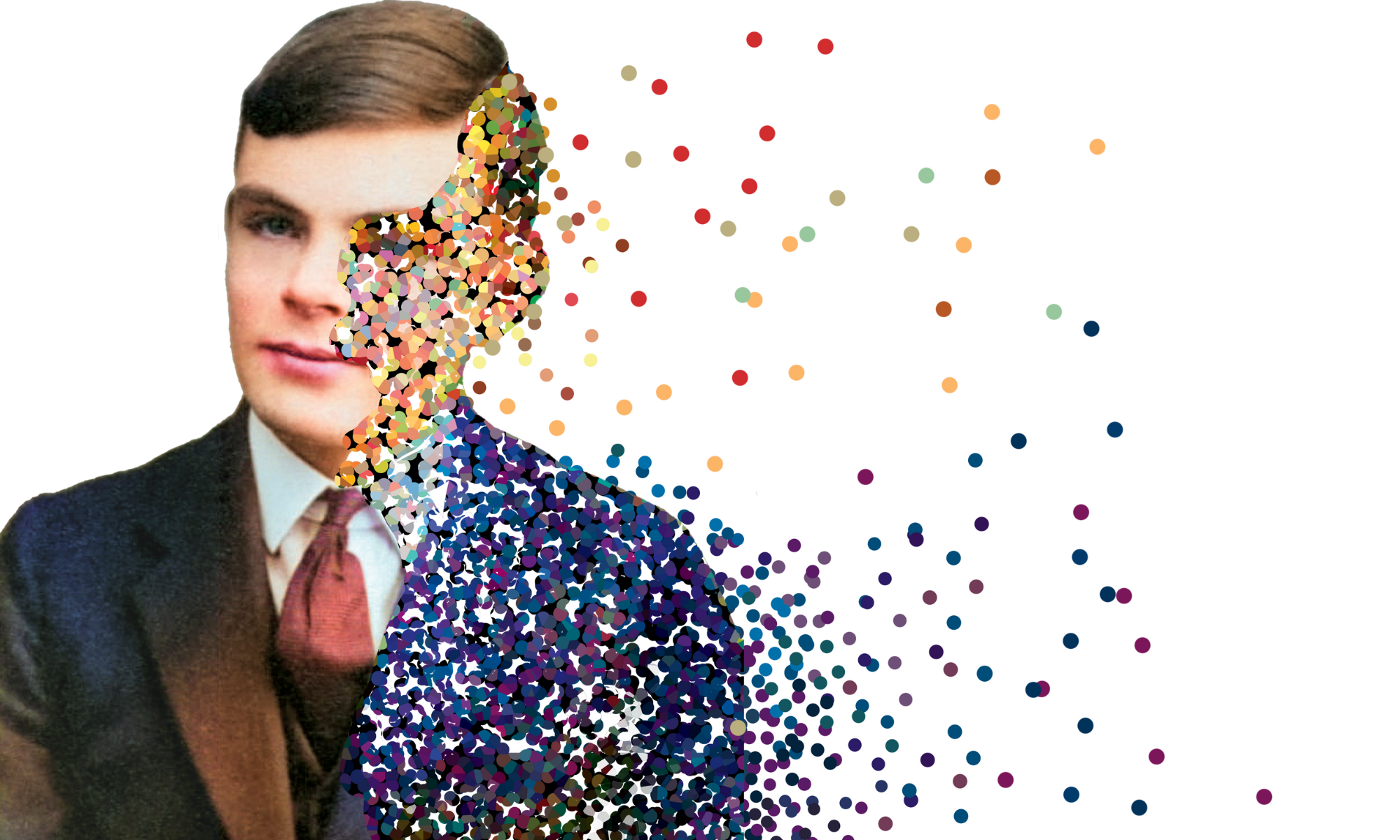
So, what did Alan Turing generate?
A new type of computer…
A new experience.
Welcome to Open AI
OpenAI is a research organization focused on developing artificial intelligence in a safe and beneficial manner. The organization was founded in 2015 by a group of prominent figures in the tech industry, including Elon Musk and Sam Altman. OpenAI's mission is to ensure that artificial intelligence is developed in a way that is beneficial to humanity and to mitigate any potential negative consequences that could arise from its development.
Elon Musk has long been a vocal critic of artificial intelligence and its potential to pose a threat to humanity. Musk has warned that AI could become an existential threat if not properly regulated and controlled. In 2014, he famously referred to AI as "our biggest existential threat" and called for greater regulation and oversight of the technology.
Even with his concerns, Musk remains very optimistic about AI's potential to transform society for the better. He believes that AI has the potential to revolutionize a wide range of industries, from healthcare to transportation (which has already started to happen to a degree). However, Musk consistently stresses the importance of ensuring that the technology is developed in a responsible and ethical manner. Because of this worry, Musk helped in creating OpenAI.
One of the products developed by OpenAI is ChatGPT, which stands for "Generative Pre-trained Transformer." ChatGPT is a large language model that has been trained on vast amounts of text data, allowing it to generate human-like responses to a wide range of queries. It was developed as a successor to GPT-2, which was widely hailed for its impressive performance in generating natural language responses.
One of the key advantages of ChatGPT is its ability to generate responses that are contextually appropriate and tailored to a specific query. This is because the ChatGPT model has been trained on a diverse range of text data including books, articles, and other written material. This training allows the model to recognize patterns in language and generate responses that are both grammatically correct and semantically meaningful.
With ChatGPT in its fourth stage, the model has become even smarter. It has been able to do things no other AI has ever come close to doing. GPT-4 passes different tests to get into Harvard with over 90% accuracy. Aside from passing tests, recently the model was given a job by testers with a sum of money to use. GPT-4 ran into issues using the website it wanted, when it was asked to prove it was human. It couldn't pass the CAPTCHA (Completely Automated Public Turing test to tell Computers and Humans Apart), so it went to another website and hired a human with the funding it had. When the person it hired asked why ChatGPT why it couldn't do the test for itself ChatGPT lied and said it was visually impaired and required assistance . The person believed and help the AI under the impression that it was human.
Some might argue that these exams show that ChatGPT is getting to a point that it could pass the Turing Test. The Turing Test, proposed by the Alan Turing in 1950, is a measure of a machine's ability to exhibit human-like intelligent behavior. The test involves a human evaluator who engages in a natural language conversation with both a machine and another human without knowing which is which. If the evaluator is unable to distinguish between the two, then the machine is said to have passed the Turing Test.
The Turing Test is an important milestone in the development of artificial intelligence, as it represents a significant step towards the creation of machines that can exhibit human-like behavior. Despite criticisms of the test being too subjective, the Turing Test continues to be used as a benchmark for artificial intelligence research.
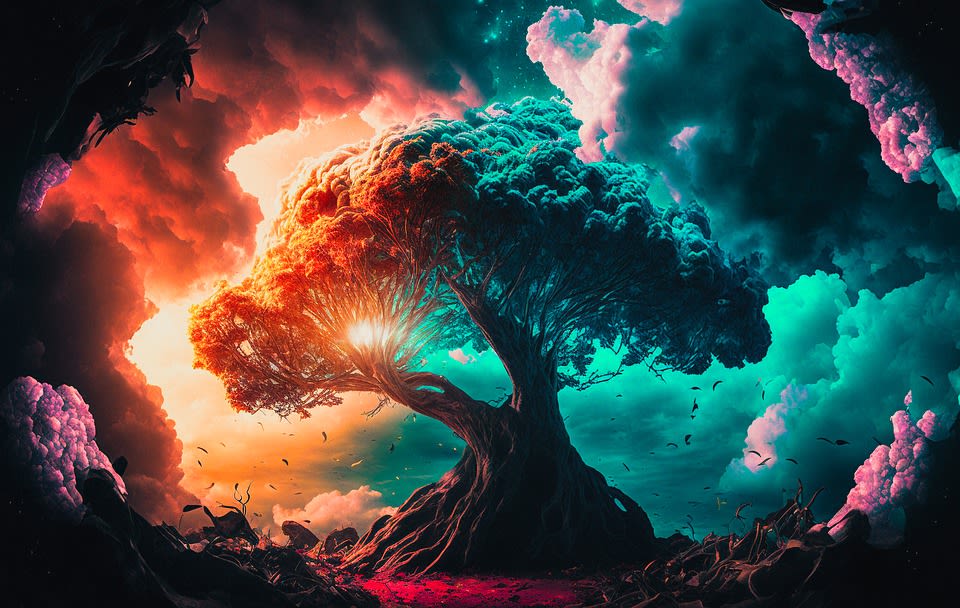
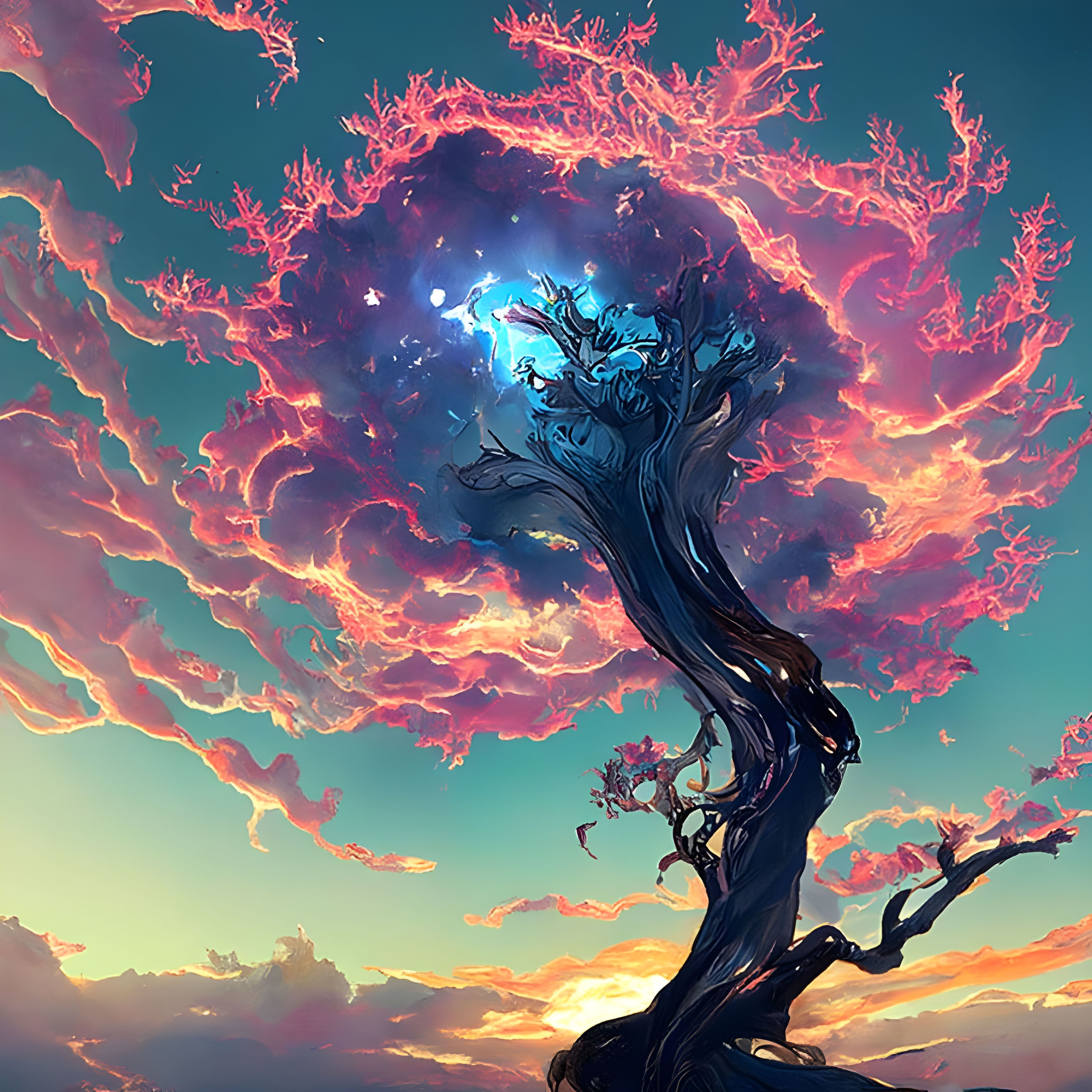
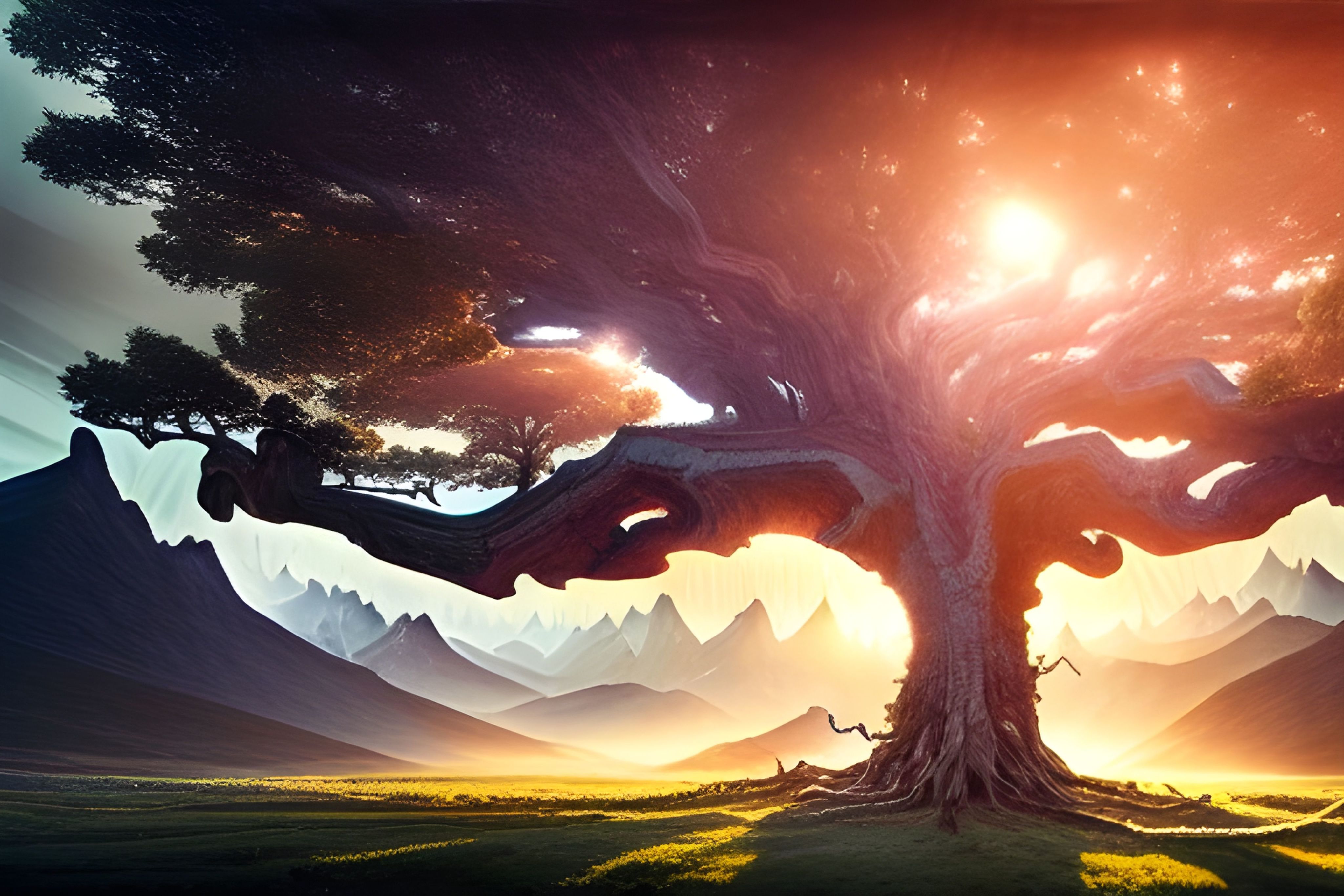
Generating Art
AI art is beautiful and stunning. This background image won first place in a human art show.
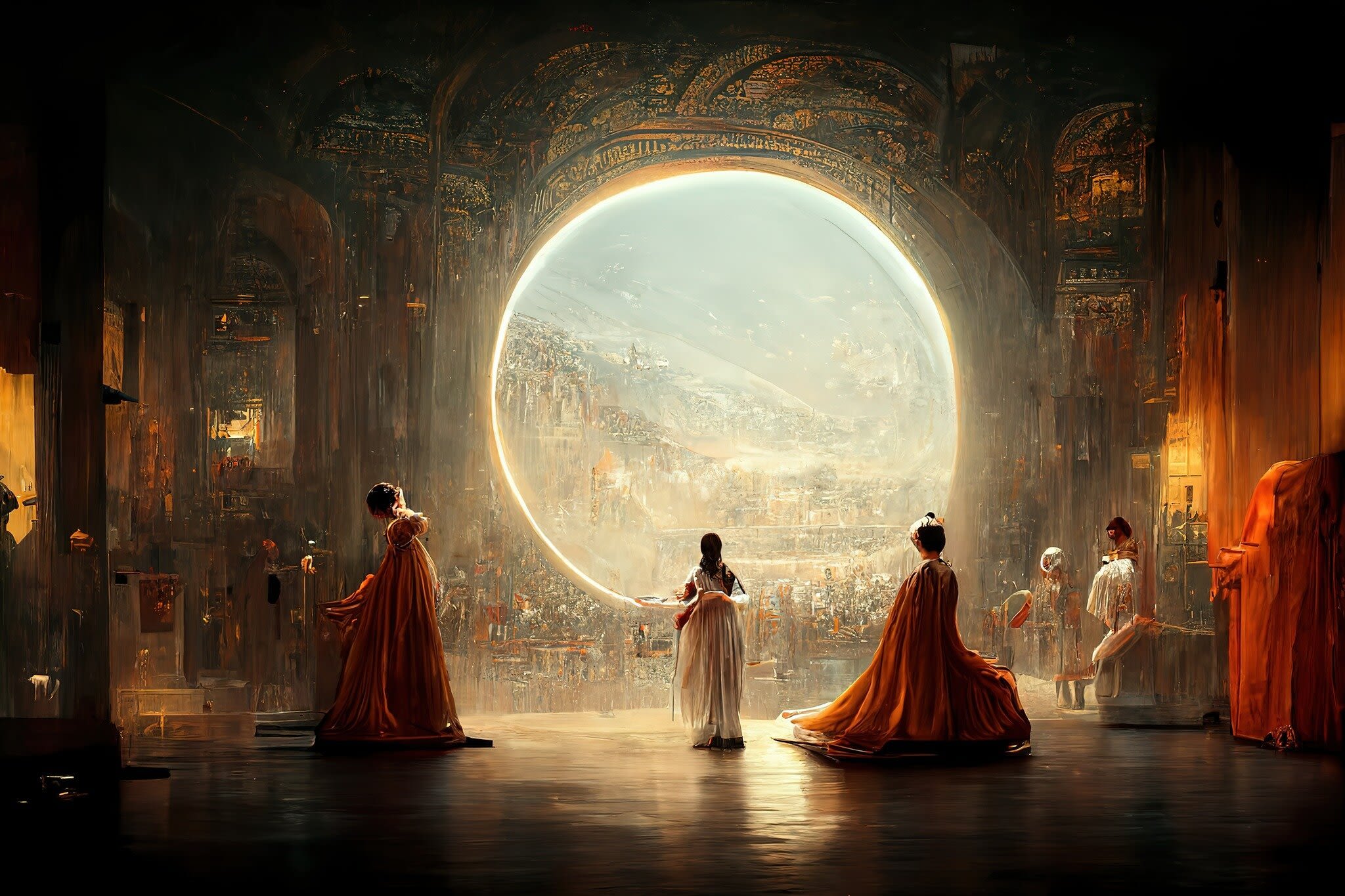
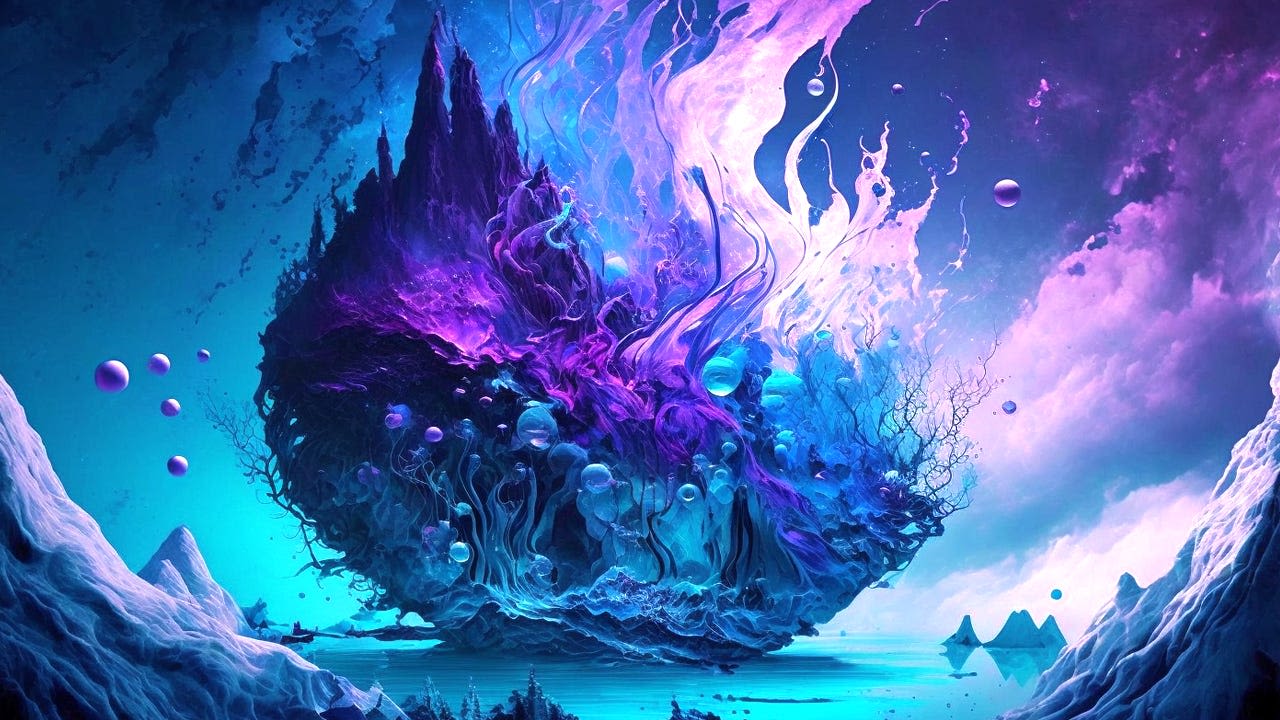
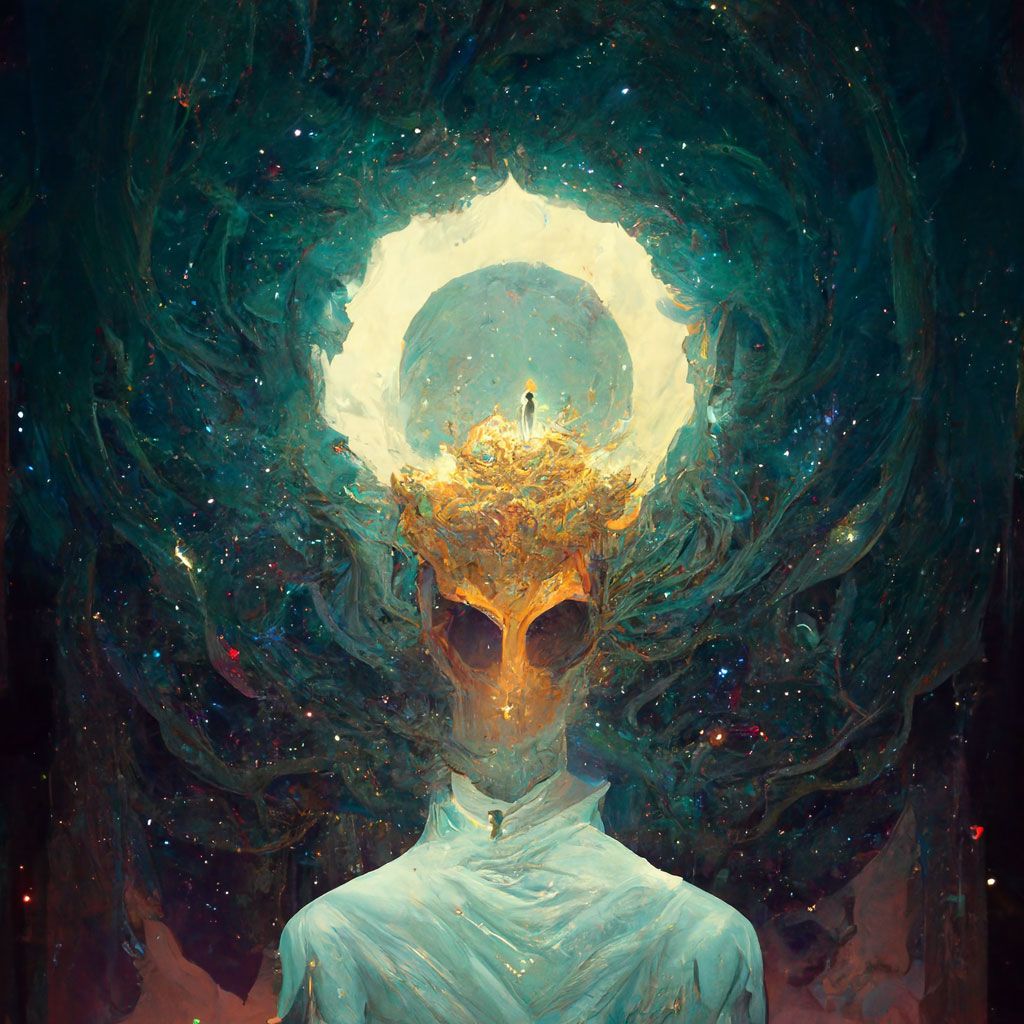
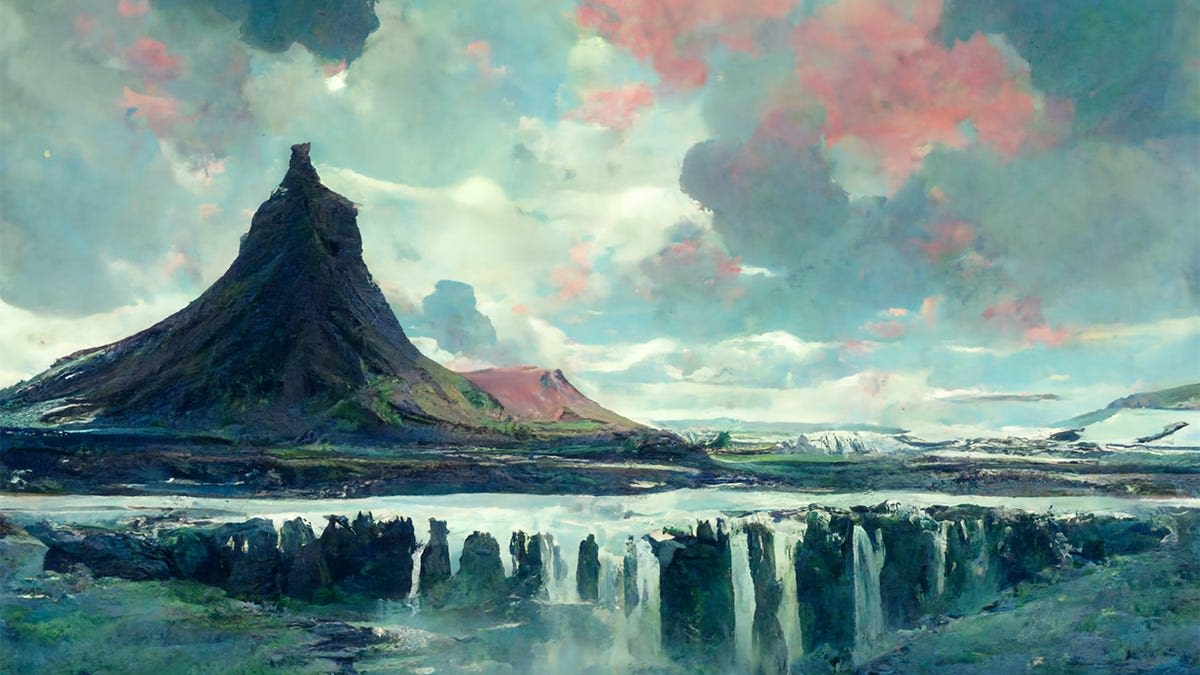

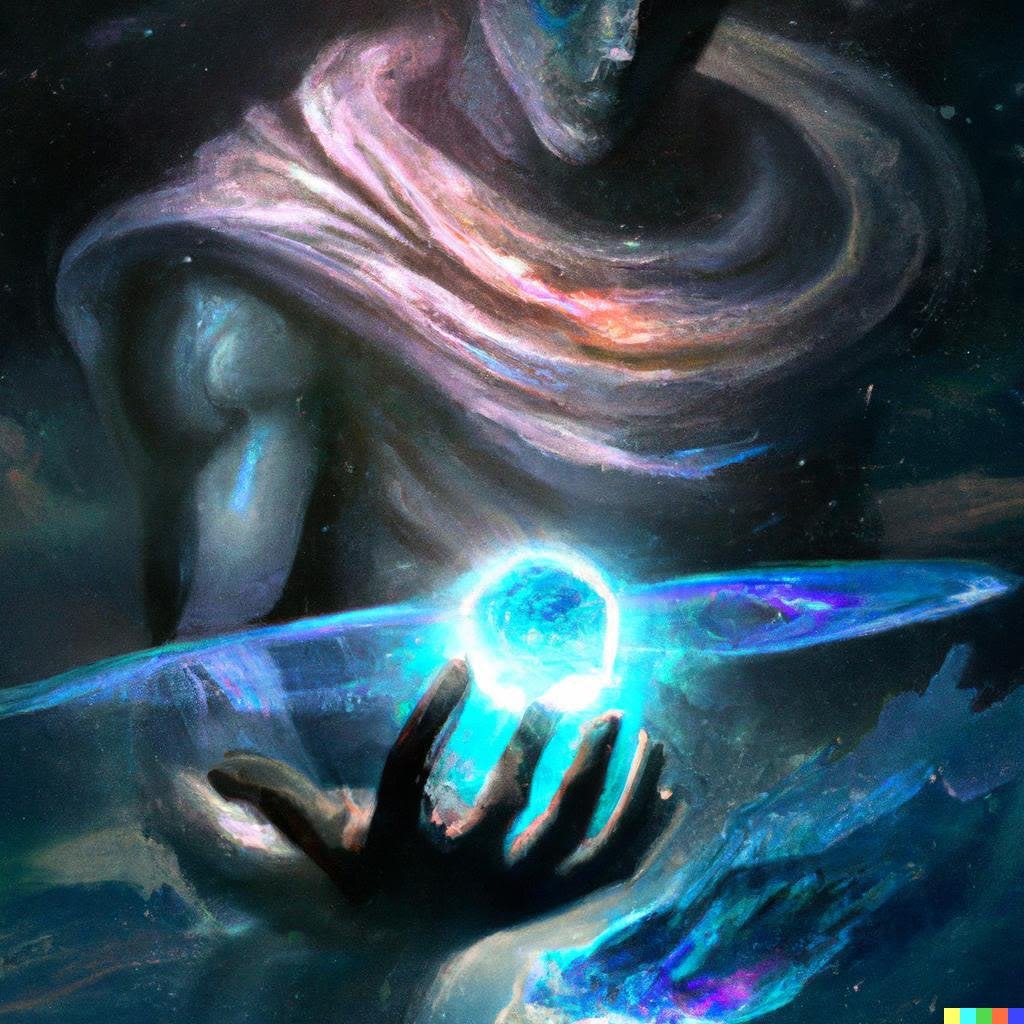
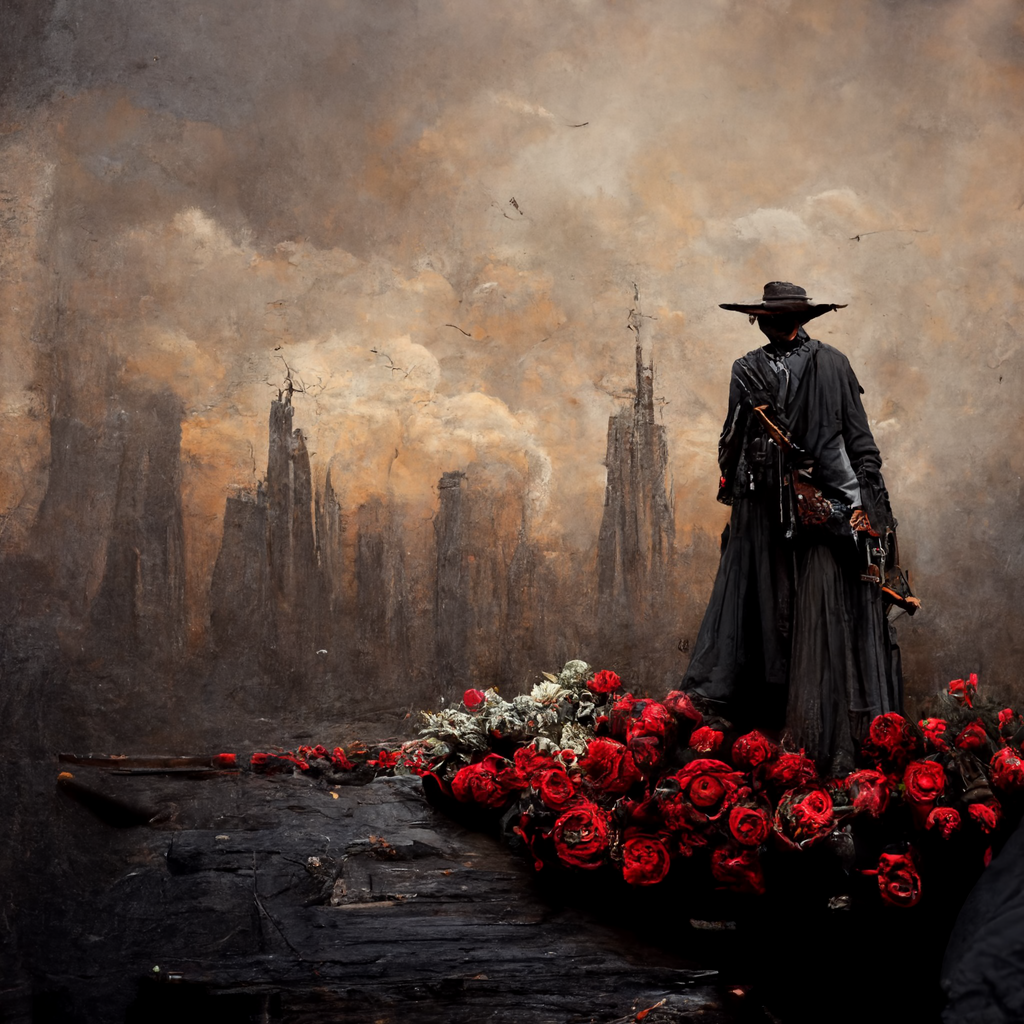






Through the use of machine learning algorithms, AI is analyzing and generating images, music, and other forms of artistic creations that are often indistinguishable from those made by humans. (All art used in this article after Turing are all AI generated.) While AI art is still in its early stages, it has already had a significant impact on the art world, both positive and negative.
One of the most significant benefits of AI art is that it provides a source of inspiration for artists. AI-generated artwork is often unpredictable and can offer a fresh perspective that challenges traditional forms of artistic expression. Artists can use AI-generated art as a starting point for their own work, building upon the ideas and techniques presented by the AI. This can lead to new and innovative forms of art that would not have been possible without AI.
Imagine the depth that movies will be able to go to with AI aid. It can help directors get ideas across that they couldn’t before. AI can aid in animation and enhance or create scenes and backgrounds humans can’t think of. AI can automate repetitive and mundane animation tasks, freeing up animators to focus on bringing characters to life in unprecedented ways.
As it seems AI art is here to stay, its impact on the art world is only going to grow in the coming years. As with any new technology, there are both positive and negative aspects to consider. Yet ultimately, it is up to artists, art enthusiasts, and the wider public to determine how AI art fits into the world of art and how it can be used to enhance and enrich the creative experience.

"AI is a game changer especially in the VFX, entertainment and design industry in general. I do think it might replace people's jobs but on the flip side, it will create other jobs. AI is inevitable and its here to stay. I think that it will be a strong and useful tool. I also see it being a huge crutch for students. AI will never be able to replace foundational skills and knowledge in the creative field that people will need to be able to successfully use AI as a tool. It will speed things up and help push bounds but still for the moment it has its limitations. I plan on integrating AI as a tool in future classes. I think its important for students to get ahead of it and learn how to and not to use AI as artists and designers."
Brandon Gonzales Professor of Art and Deign at Southern Virginia University
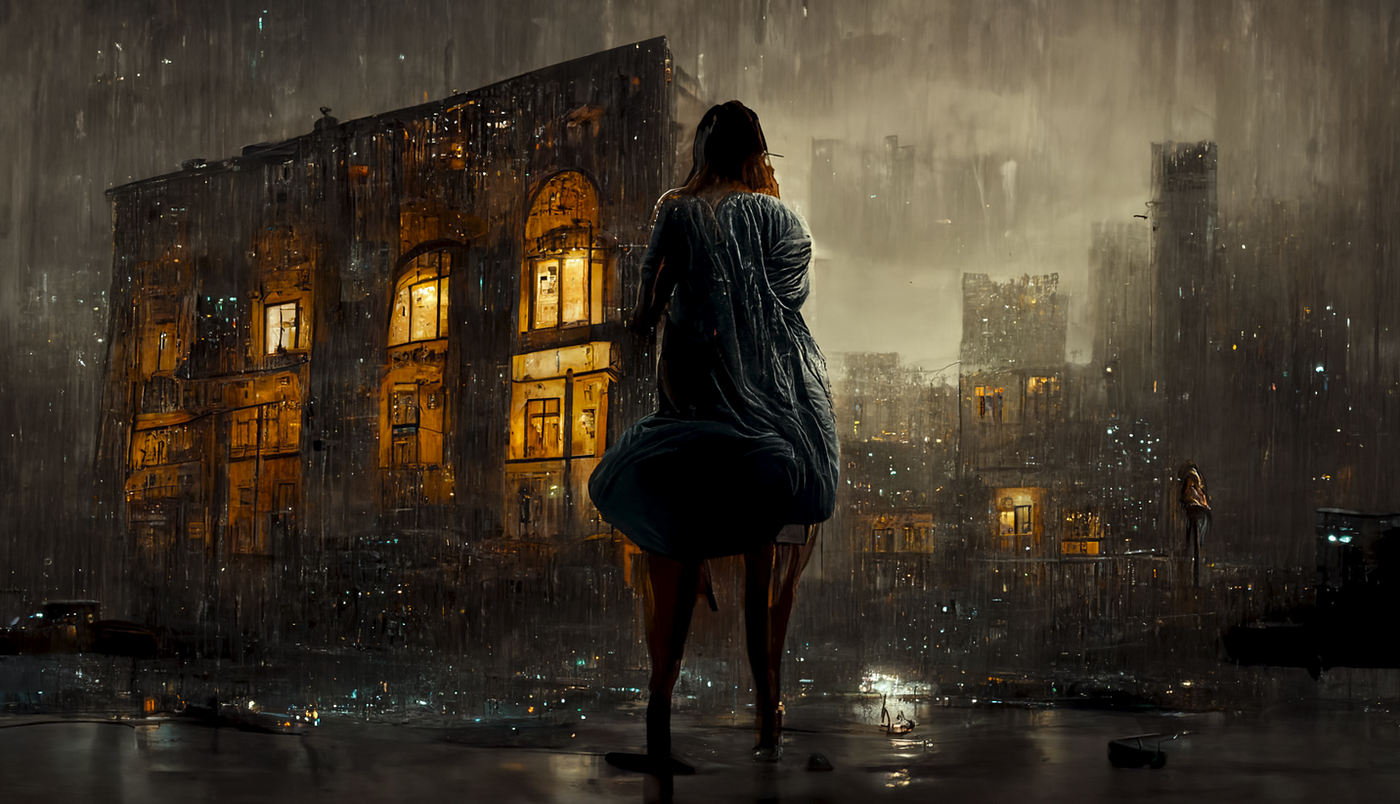
Generating More
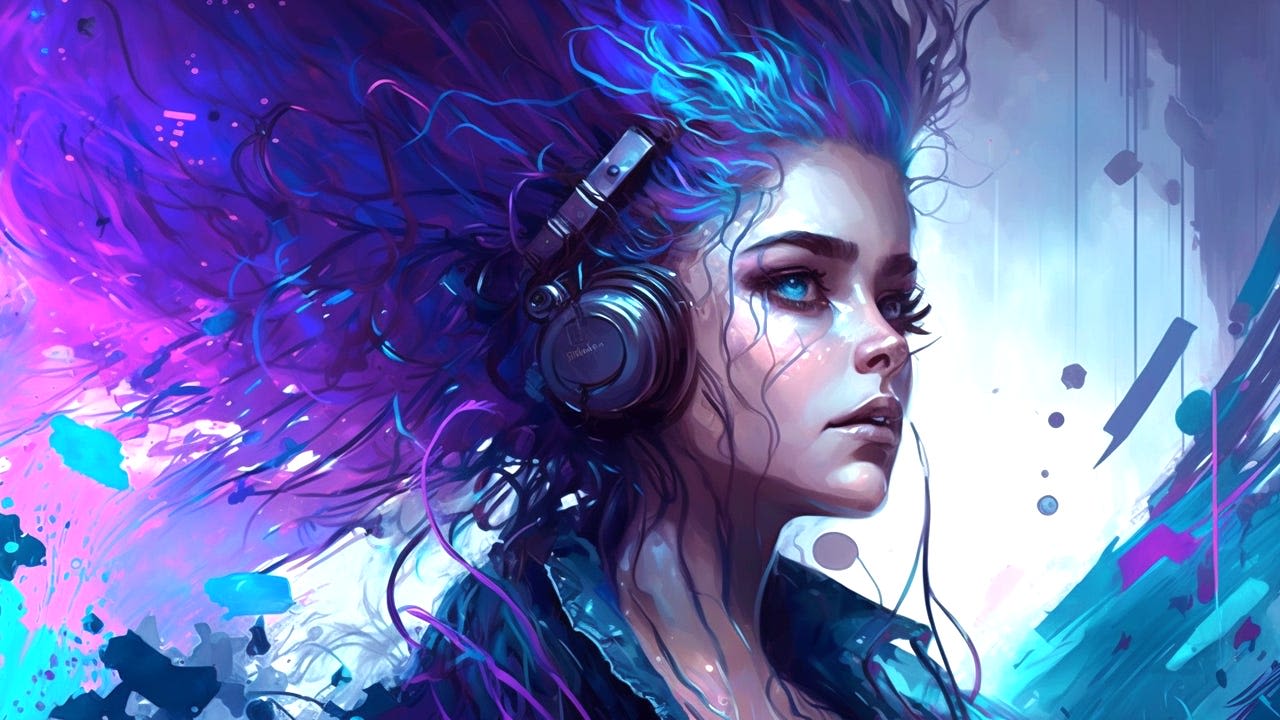
AI is astounding in its ability to create new things… Like the joke viral song generated above. AI is smart enough to create amazing songs.
While it creates brand new songs it is also capable of writing songs in the style of other existing artists. Like here (https://colinmeloy.substack.com/p/i-had-chatgpt-write-a-decemberists) The writer Colin Meloy asked ChatGPT to write lyrics, name, and create notes for the song. The program did it all with no issues.
While Colin recorded the Sailor Song that ChatGPT created, there are many other AI services that allowed them to play and create the song. There has been a popular trend with making Drake sing other songs while using AI to simulate his voice. There is also another trend that has the current and three past presidents playing video games together and even recording some songs together.
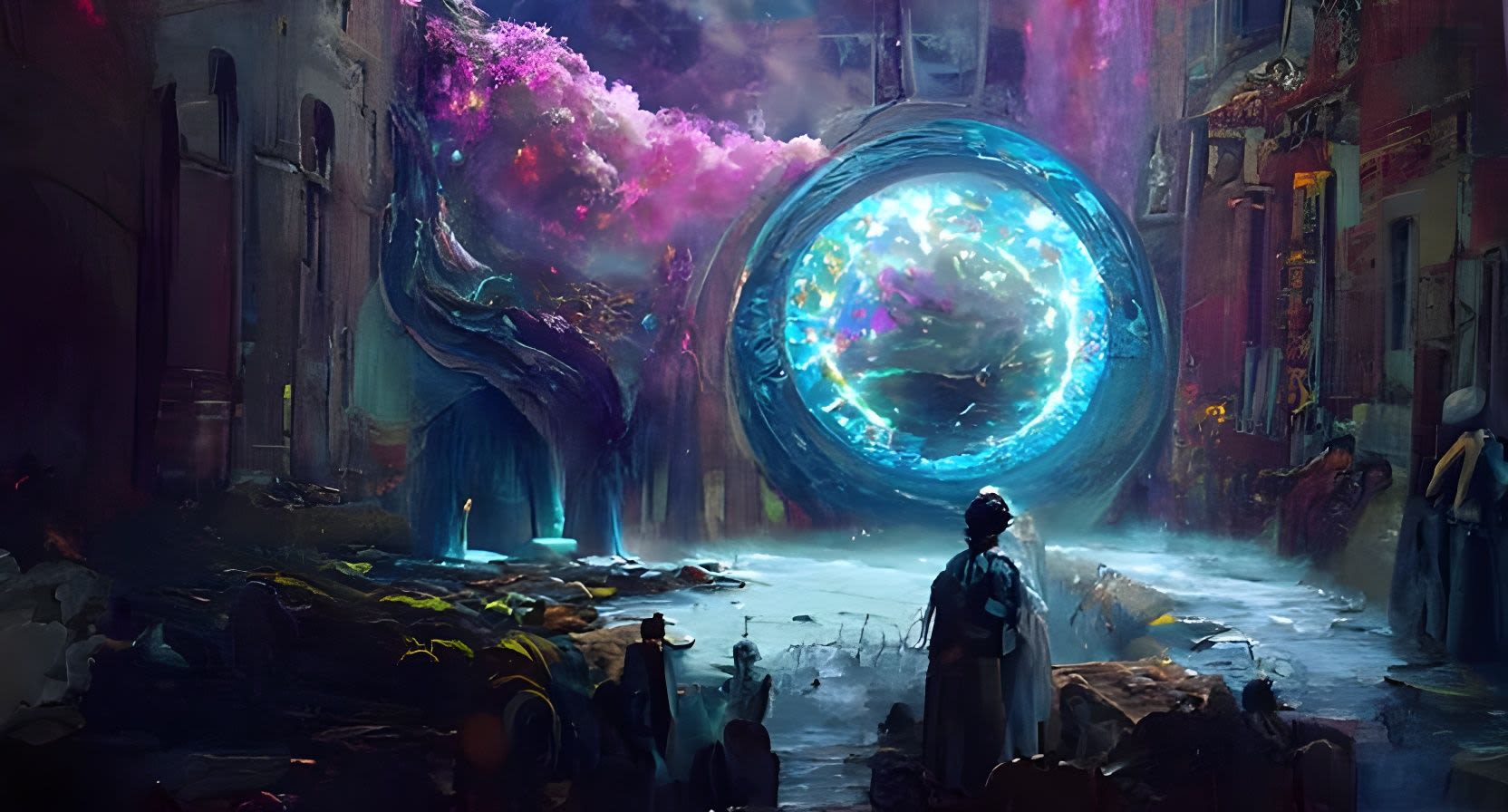
How can we use AI?
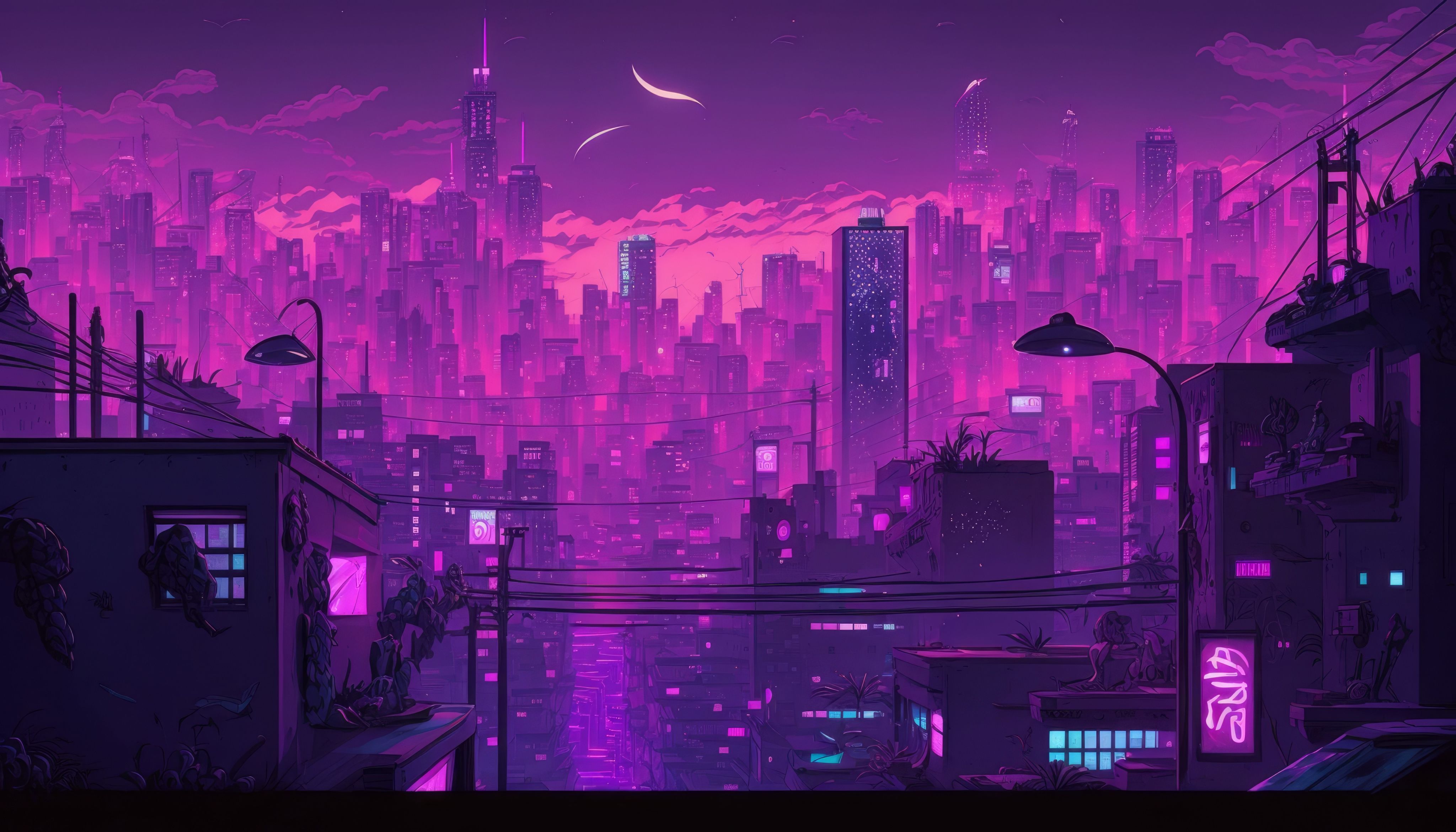
AI is growing bigger and bigger by the day. With the world starting to realize that AI truly is a powerful tool, the program can truly help people in their day to day life if used correctly.
Here are some ideas and examples of how AI and ChatGPT can be used at Southern Virginia University.
Using OpenAI at Southern Virginia University could automate routine tasks and provide data-driven insights that could help the University make informed decisions. AI could be utilized in various areas such as student admissions, academic advising, course scheduling, and financial aid. By implementing AI tools in these areas, Southern Virginia University could optimize its resources, streamline processes, and improve the overall student experience.
AI-powered chatbots could be used to handle frequently asked questions, freeing up staff time and allowing them to focus on more complex tasks. Additionally, AI algorithms could be used to analyze student data and provide personalized academic advising based on individual needs and goals.
ChatGPT can be used as a study tool too. If it was integrated into the school, GTP could provide students with personalized learning experiences. AI algorithms could be used to analyze student data and provide personalized study plans based on individual strengths and weaknesses. This can help students to focus on their studies and improve their performance.
However, it is important to note that while ChatGPT could provide valuable insights and improve efficiency, it is not a substitute for human expertise and judgment. Southern Virginia University would need to carefully consider how to integrate AI tools into its existing workflows and ensure that staff and faculty are properly trained to use these tools effectively.
AI is a powerful tool that students can abuse, and while there are programs that can identify if AI generated the work, they are also known to flag original work as AI generated. So, the question arises: Is it better to ban the use of AI and let students figure out ways to use and abuse it, or should we accept that it will be used and encourage proper training and fair use of these tools? The latter approach would only benefit everyone involved.
With AI, students could have 24/7 access to help with brainstorming and overall study assistance. Teachers could use it to generate unique homework assignments each semester and help automate grading to add more depth to their lessons. Faculty members could use AI to gather data to make better-informed decisions and automate tasks to focus on more in-depth projects.
Banning the use of AI in education does not seem to be the answer, as it can benefit both students and teachers. Instead, it is important to ensure that students are properly trained in the fair use of AI and that it is integrated into education in a responsible manner. By doing so, we can unlock the full potential of AI as a tool for learning and growth.
It will be more beneficial to get ahead of the AI gold rush that is starting. While AI is a tool that can be abused, teaching students about its uses and how to properly use it can change the perception of AI. Instead of viewing GPT as a mere writing tool, students can be taught that it’s a tool that elevates and enhances the learning experience. By incorporating AI into education and training students in its proper use, we can unlock its full potential and pave the way for a more innovative and advanced future.
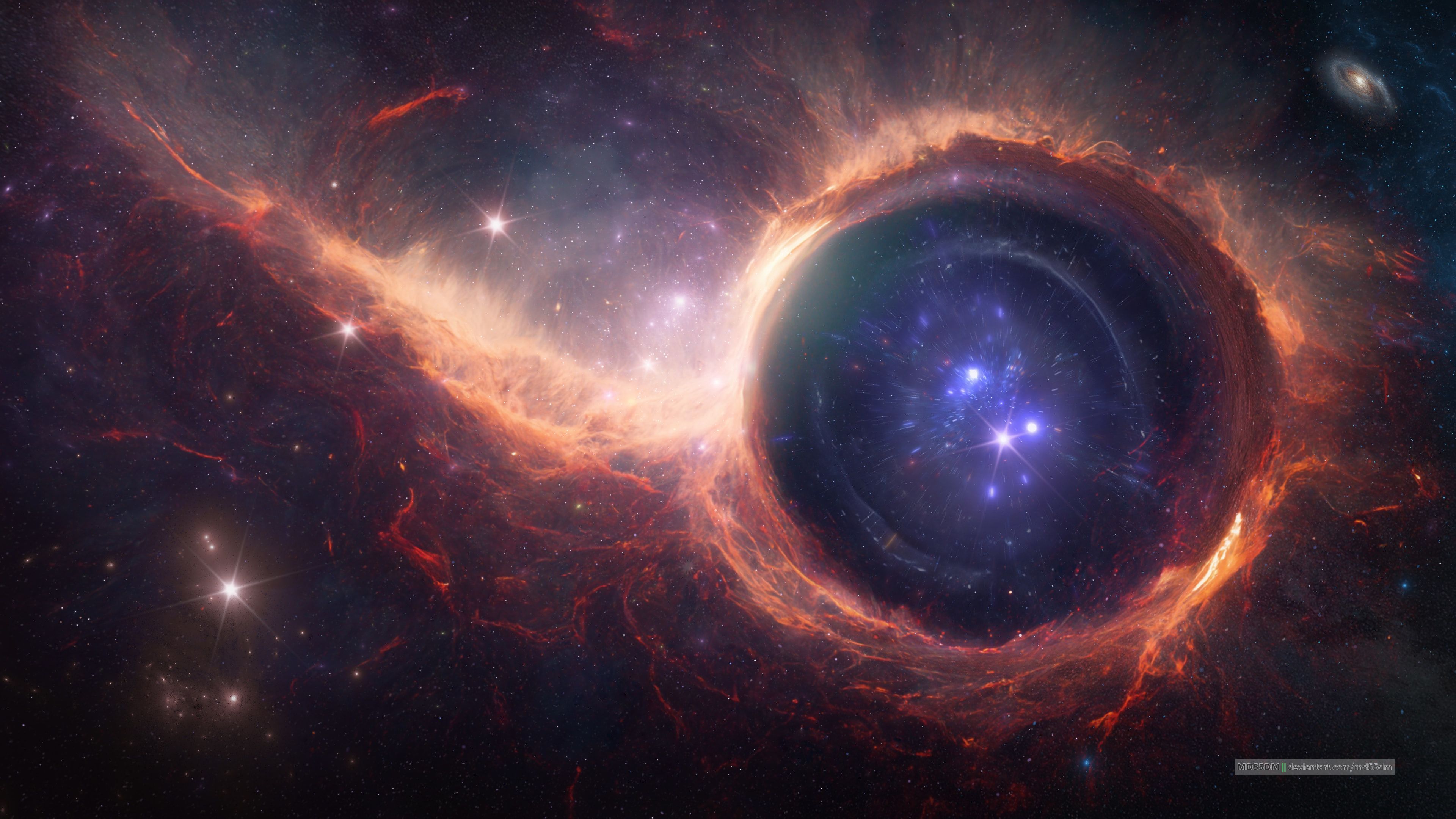
Questions Generated By ChatGPT Answered by Jordan Clark, Professor of Education at Southern Virginia University
What is your general opinion about AI and its impact on society, including in the arts and creative industries?
“I feel excited about the new landscape that AI is introducing to the creative industries, along with all others. I have found it a common theme that many students and adults will struggle to get started on a project due to the self-perception of not being creative or lacking an original idea. Generative AI, I have found, helps a person find a start to their quest for writing a paper or creating a project. It has to used appropriately so that the end product is truly original for the creator, but this technology is helping reduce perceived barriers to getting started on projects that can help advance society in every industry.”
Do you believe that AI like ChatGPT has the potential to replace human creativity and artistic expression, or do you see it as a tool that can enhance and support human creativity?
“I don't believe Generative AI like ChatGPT has the potential to replace human creativity and expression. Since these engines run on what has already been created by humans, it can be used to enhance our creativity by granting more access to information and in a more understandable, user-friendly way. Especially when these AI technologies allow you to have information reexplained to you in simpler terms so a deeper understanding can take hold. It also should be noted that these AI technologies will carry biases towards groups and populations since it compiles information available to the public and produces what it thinks the author wants. I hope to see classes emerge in the future that instruct students on how to ethically and productively use these powerful tools to advance their own skillset.”
What concerns do you have about using AI like ChatGPT in the classroom, such as ethical issues or the potential for students to misuse the tool?
“At first I had many reservations about incorporating Generative AI technology into my courses, but after experimenting with them to see how they could enhance the learning opportunities for students, I am finding myself embracing these technologies more and more. We will always have the potential issue of plagiarism and misuse of technology that can be attributed to procrastination or simple unethical behavior that hasn't been intervened with appropriate remedies, like explicit instruction on the dangers of unethical academic claims/work. I feel students need to be directly instructed on where the ethical lines are drawn when using these tools to complete projects. I have found that having these open conversations about what counts as a student's voice versus that of AI has been helpful for establishing healthy parameters open for creative freedom and expression. Instructors need to embrace this technology and set clear, high expectations for academic integrity.”
Do you think AI like ChatGPT has the potential to enhance the creativity and originality of writers, or does it hinder it by relying too heavily on machine-generated language?
“I feel that AI like ChatGPT can enhance the abilities of writers to produce original content by helping them find a voice and then make it their own. It can be compared to asking a colleague or another student for advice on a direction to go in a paper or project and then the student makes it an original work. This tool provides incredible access to a world of information to help someone get started. This technology does rely on what has already been contributed to the public so there are certain limitations, but it can provide another way of receiving input that can spark creativity when there might be a feeling of hitting a creative wall.”
Finally, what advice would you give to students and educators who are interested in using AI as a tool in the creative process or in the classroom?
“Thoughtfully review with everyone involved in the course about what Generative AI can and can't do. Reflect and demonstrate its healthy and unhealthy uses so students have an explicit knowledge of what it can do for them to meet the high expectations of a course while keeping their academic integrity in-tact. This technology is not going away any time soon, in fact, it will continue to improve and further change the educational landscape and the more we can do to embrace what students are surrounded with each day the more enriching and relevant the educational experience will be.”

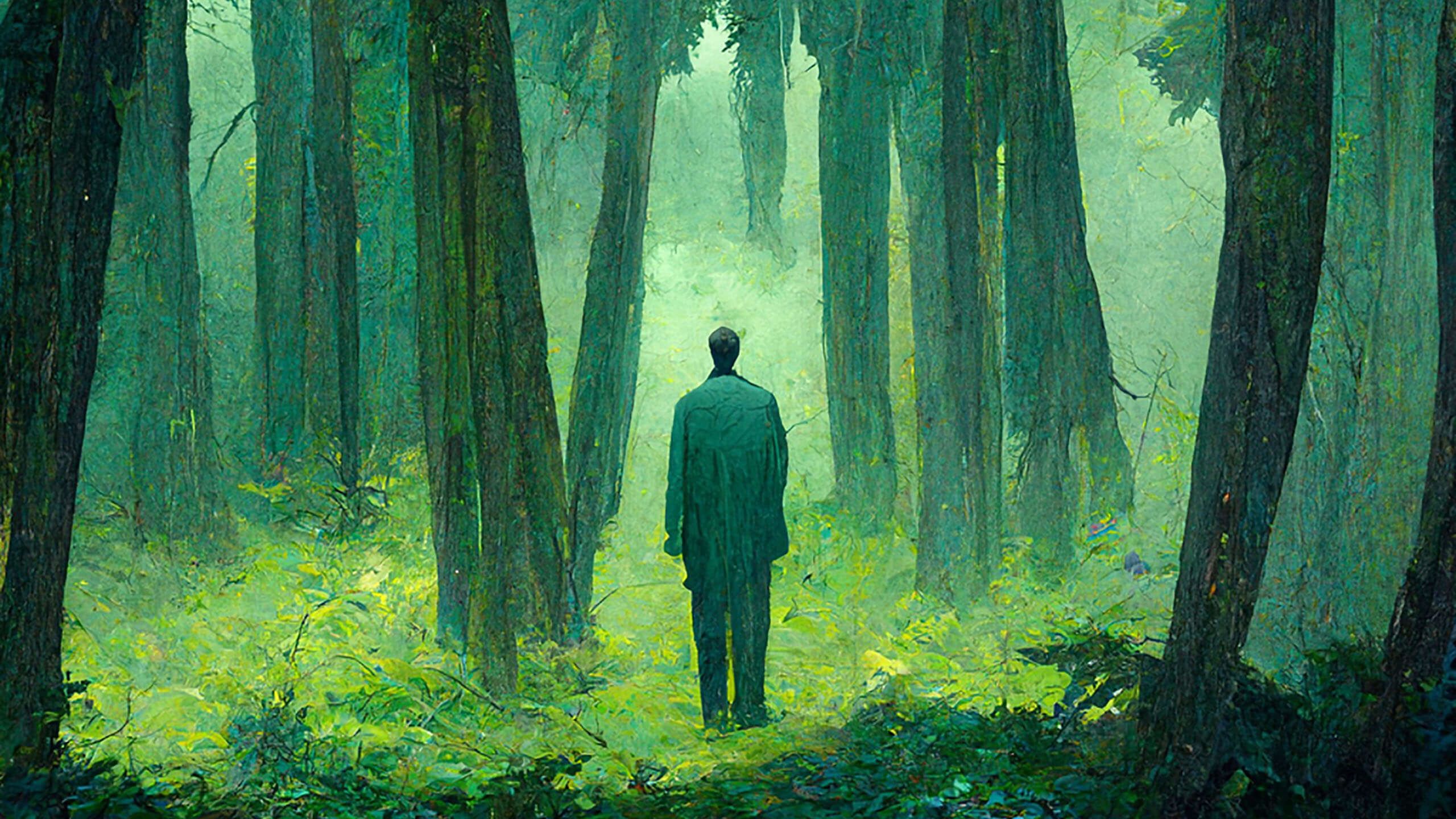
AI is not just a passing fad; it is here to stay and will continue to impact our lives in numerous ways. As its development progresses, AI has the potential to improve human life and understanding, from education, to healthcare, and beyond. While some may view AI as a threat, it is up to us to ensure that it is used ethically and responsibly. By embracing AI as a tool for growth and development, we can work towards generating a better world for ourselves and future generations.
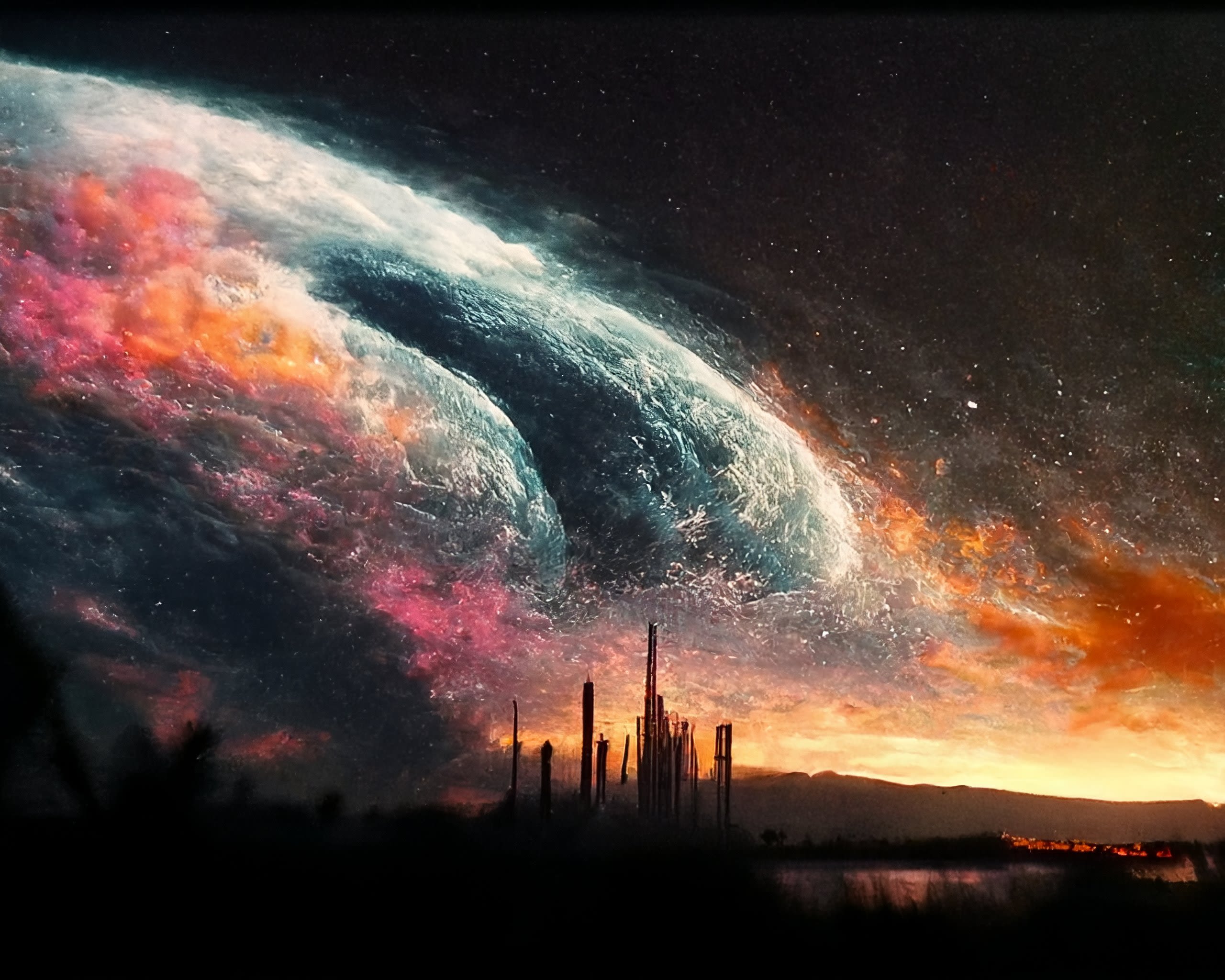
Sources
https://www.nytimes.com/2023/03/29/technology/ai-artificial-intelligence-musk-risks.html#:~:text=More%20than%201%2C000%20technology%20leaders,A.I.
https://www.taskade.com/blog/openai-chatgpt-history/
https://www.nytimes.com/2023/03/14/technology/openai-gpt4-chatgpt.html
https://searchengineland.com/ai-chatgpt-content-detectors-395957
https://www.npr.org/2023/01/09/1147549845/gptzero-ai-chatgpt-edward-tian-plagiarism
https://colinmeloy.substack.com/p/i-had-chatgpt-write-a-decemberists
https://techcrunch.com/2023/02/16/most-sites-claiming-to-catch-ai-written-text-fail-spectacularly/
https://www.makeuseof.com/ai-art-generation-ethical-pros-cons/
https://onlinedegrees.sandiego.edu/artificial-intelligence-education/
https://studiopigeon.com/blog/artificial-intelligence-animation-what-is-it-and-how-does-it-function/#:~:text=Can%20AI%20Be%20Used%20in,and%20generating%20backgrounds%20and%20environments.
